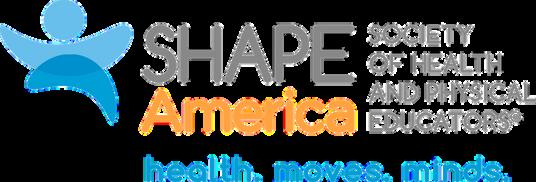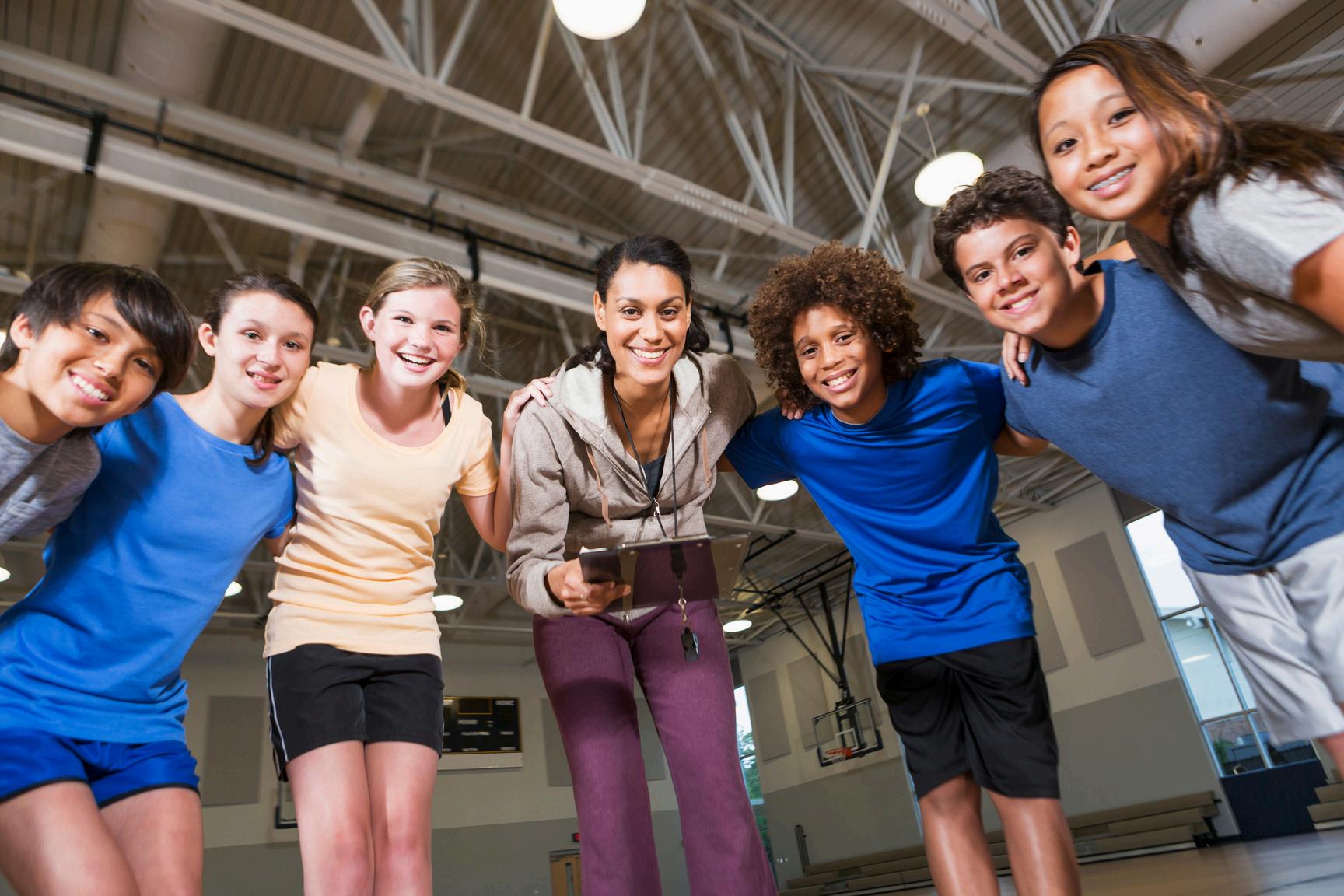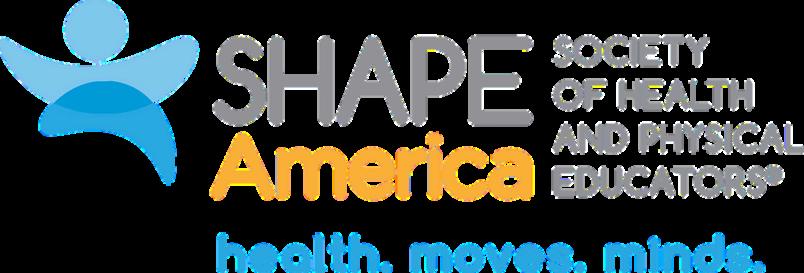

Connecting Health Education Skills
in the Physical Education Setting
A guide for preK-12 physical educators SHAPE America Sets the Standard

Copyright © 2025 by SHAPE America | All rights reserved.
PO Box 225
Annapolis Junction, MD 20701
800-213-9527
SHAPE America – Society of Health and Physical Educators serves as the voice for 200,000+ health and physical education professionals across the United States The organization’s extensive community includes a diverse membership of health and physical educators, as well as advocates, supporters, and 50+ state affiliate organizations
Since its founding in 1885, the organization has defined excellence in school-based health education and physical education. For decades, SHAPE America’s National Physical Education Standards have served as the foundation for well-designed physical education programs across the country, just as the SHAPE America National Health Education Standards serve as the foundation for effective skills-based health education. Together, these national standards provide a comprehensive framework for educators to deliver high-quality instruction and make a positive difference in the health and well-being of every preK-12 student
Find additional resources at shapeamerica org
Connecting Health Education Skills in the Physical Education Setting
Physical education and health education are separate subject areas, and ideally all students would have separate instruction for both subjects. However, physical educators are often asked to incorporate health education into their PE program, and in some schools, the physical education teacher is also the health education teacher
The SHAPE America National Health Education Standards can provide students with essential skills to make informed, healthy choices throughout their lives and the SHAPE America National Physical Education Standards have some organic connections relating to the focused skills from the National Health Education Standards
If you are a PE teacher, incorporating health education skills can enhance your instruction and reinforce student learning across both content areas.
Getting Started
To get started, we recommend reinforcing the functional health information and skill-building strategies your students may have already learned in health education classes Or, begin with any health-related concepts or skills you’ve already covered in your own instruction
Creating a Connection
Since health education standards are skills-focused, they are easily usable in the physical education planning process So, once you’ve identified the health education skills you would be comfortable addressing, think about which skills would organically connect with your PE unit.
Then, ask yourself: What is the most important skill for my students to learn right now?
Example
You have planned a unit on fitness concepts for grades 6-8 using the National PE Standards and are focusing on going deeper into the skillrelated components of fitness (SRCF) and health-related components of fitness (HRCF). One way to connect these PE concepts to health education would be using the skill of goal setting
Physical Education Concept
SRCF and HRCF
Health Education Skill
Standard 6: Use a goalsetting process to support health and well-being of self and others
Unit
Standards
PE Grade-Span Learning Indicators:
1 8 3 Demonstrates appropriate form in a variety of health-related fitness activities
1.8.4 Demonstrates appropriate form in a variety of skill-related fitness activities.
2.8.9 Identifies and compares the components of health and skill-related fitness.
HE Performance Indicator:
6 8 3 Develop a goal and explain how it supports health and well-being
Idea for Merge: Have students engage in a goal-setting task related to their knowledge of engagement in HRCF and SRCF.
Additional Connections to Consider
Physical Education Concept
Health Education Skill
Standard 4: Use interpersonal communication skills to support health and well-being of self and others
Physical Activity Knowledge
Standard 2: Analyze influences that affect health and well-being of self and others
Outdoor Pursuits
Standard 7: Demonstrate practices and behaviors to support health and well-being of self and others.
Merging Connections
Take a moment to look at your current PE unit plan Consider how to weave in small bits of learning engagement, questioning and checks for understanding related to the selected health education skill. Make sure your questions are not low rigor or yes/no responses, but something that requires your students to dig deeper and justify their responses or decisions!
Example
After students have collected a data set relating to skill-related or healthrelated fitness components, ask them to identify one component they would like to improve upon.
Have them justify their choice and then create a goal. Provide them with a goal-setting planner for tracking
Ask relatable questions to collect formative assessment data on the skill: What component of fitness did you decide needed improvement? Why?
If you were to create a goal related to this area of improvement, what would it be? Please explain your reasoning
How can you measure progress toward your intended goal?
Weekly reflection: Do you notice any changes in your progress? What are they?
Create checkpoints to inquire about changes in the goal and the need to modify.
What challenges have you faced in working toward your goal? How have you addressed them?
What improvements have you noticed in your fitness level and health since setting your goal?
Are there any adjustments you need to make to your goal? Why?
End of Unit
At the end of your new “merged” unit, provide students an opportunity to demonstrate their knowledge and skills. Create a task or prompt that allows students to showcase their newly learned health education skills. Make sure to consider appropriate levels of rigor or depth of knowledge (DOK) when asking questions or creating a task.
Example
In a culminating unit task, have students show full documentation of a goal-setting planner to note their process and progress relating to their personal goal.
Create rigorous prompts that allow students to display their knowledge and application of the health education skill and the physical education standard This allows students to showcase their new learning within a summative task.
Prompts:
Were you able to meet your personal goal? Why or why not? What did you notice about your initial results?
What changes did you notice about your progress over time? How have those changes impacted your health or fitness?
What factors impacted your progress toward your goal? (Factors might include access, time spent, repetitions or programming.)
Take time to analyze your fitness data and goal-setting evidence What is your recommendation for the most effective future course of action for continuing to improve your fitness journey outside of this unit?

